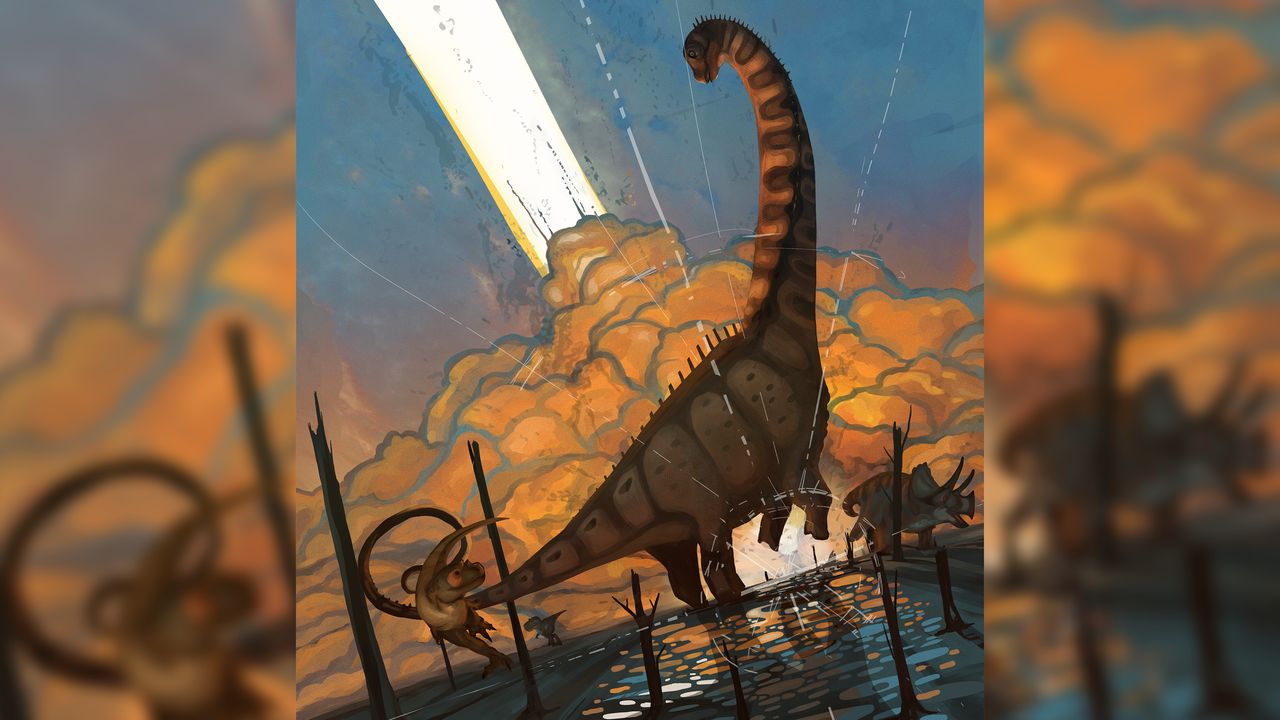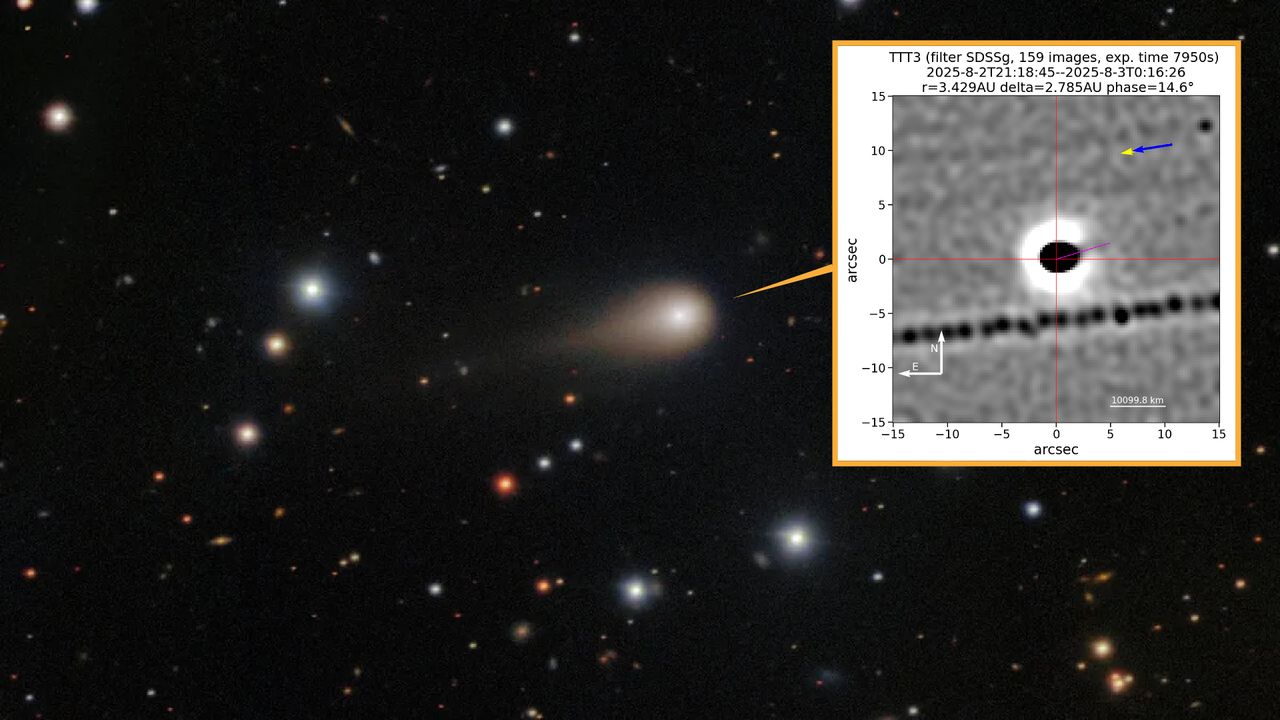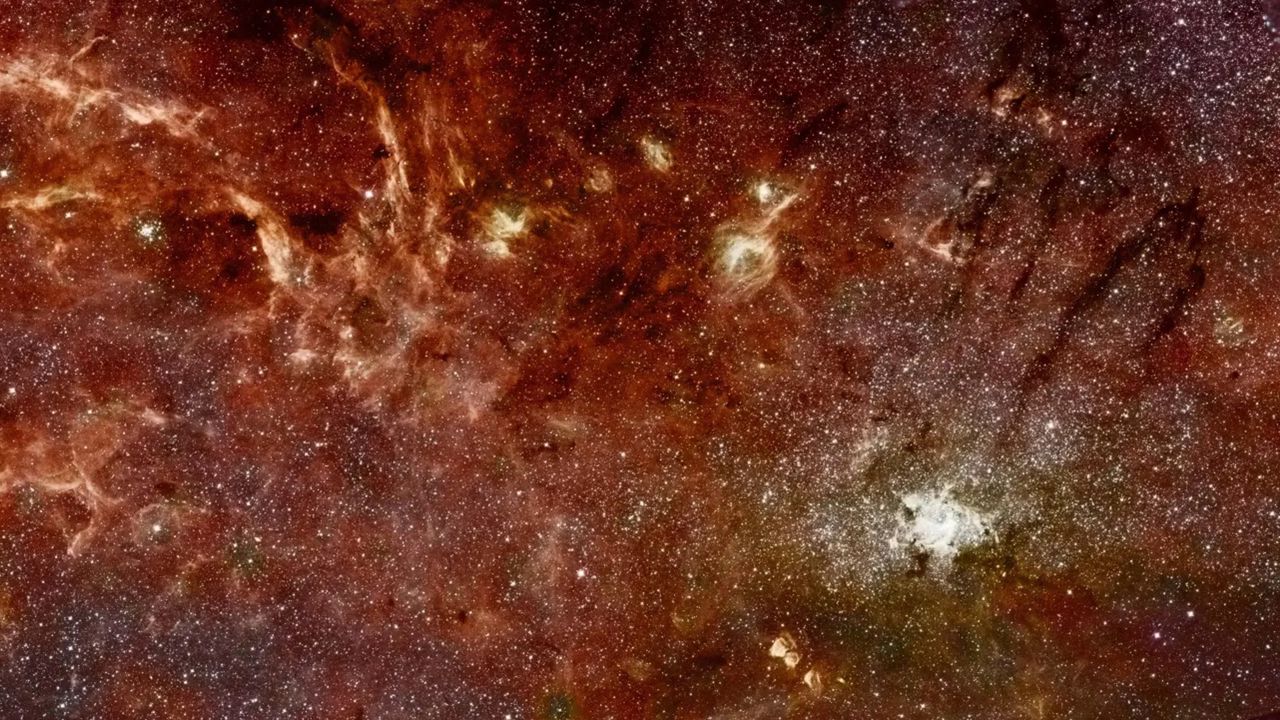Two New Dinosaur Fossils Emerge From the ‘Mummy Zone’
PositiveScience
Exciting news from Wyoming as researchers have uncovered two new Edmontosaurus fossils in what is being called the 'Mummy Zone.' These discoveries are significant because they provide valuable insights into the mummification process of these ancient creatures, helping scientists piece together the mysteries of their preservation. This research not only enhances our understanding of dinosaur biology but also captivates the public's imagination about prehistoric life.
— Curated by the World Pulse Now AI Editorial System





/https://tf-cmsv2-smithsonianmag-media.s3.amazonaws.com/filer_public/2b/13/2b132c3e-2d0a-47b4-8c6b-62b954d9a9af/smithmag-podcast-s04-ep15-aeroecology-article.jpg)



